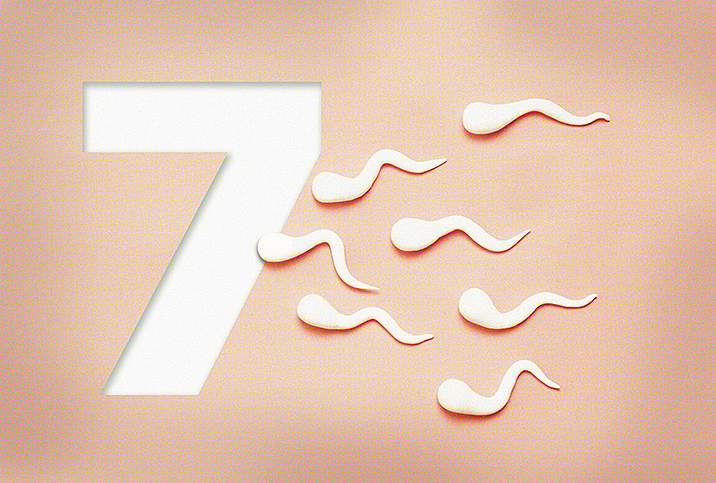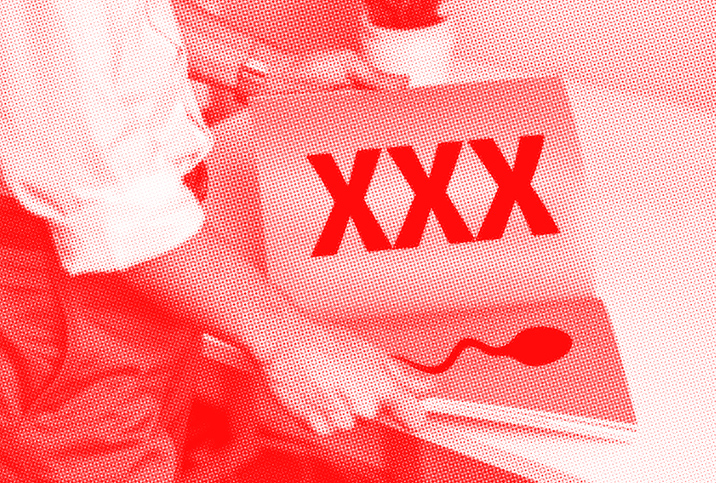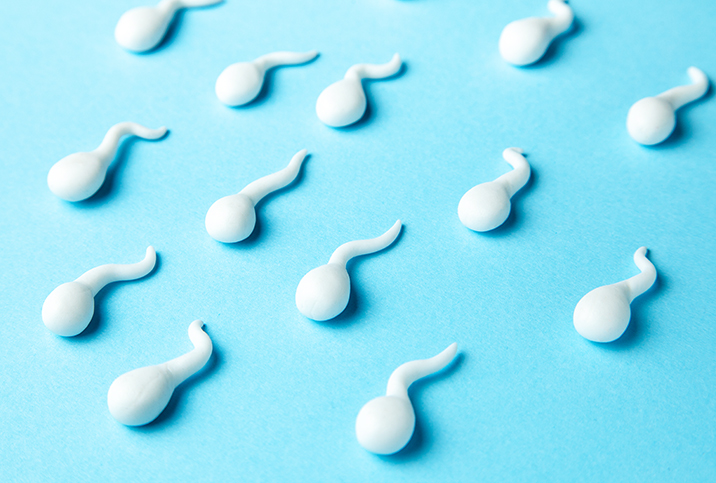Are Sperm Banks Endangered?

The COVID-19 shutdowns were predicted to produce a significant baby boom, as many people found themselves hunkered down together for weeks and months at a time. While working from home, there was the stress saved from driving to and from work, the lack of anyone else to speak with face-to-face, and all that time to devote to your partner. It was a foregone conclusion.
Except it wasn't.
Instead, worries about job losses and financial uncertainty overwhelmed baby longings, leading to what many are describing as a baby bust. An estimated 300,000 to 500,000 fewer babies are expected to be born in 2021 compared with 2019, the most recently reported year.
Do-it-yourself sperm
Nevertheless, plenty of prospective parents have thrown caution to the wind and succumbed to the tug of a new bundle of joy.
For some, the process has been seamless. However, people facing infertility or requiring other support have experienced pandemic-related frustrations such as shortages of donor sperm at sperm banks, according to a New York Times report.
To tamp down COVID-19 fears and set the record straight, sperm banks have responded with elaborate safety protocols and detailed question-and-answer communications to keep operations moving.
Large sperm banks, such as Seattle Sperm Bank and Fairfax Cryobank, began encouraging do-it-yourself artificial insemination kits using shipped donor sperm.
"This method offers convenience and comfort since it can be done in your home on your schedule, additionally, reducing the need for you to be in a public space," the Seattle Sperm Bank states on its website.
Virginia-based Fairfax Cryobank said the pandemic has not impacted sperm donations. Senior marketing manager Morgan Barker added, "We are following all safety precautions and recommendations from the CDC (Centers for Disease Control and Prevention), administering COVID testing for donors as needed, and ensuring the safety of staff and all who enter our suite.”
Liking Facebook sperm
Questions have arisen about whether disruptions at sperm banks are merely the result of the pandemic or whether broader challenges predating the outbreak are rattling the industry.
"The only reason to use a sperm bank anymore is if you are super-rich or you are someone who wants anonymity," said Kyle Gordy, founder and operator of two private Facebook groups, Sperm Donation USA and Private Sperm Donors, which connect sperm donors with recipients. Sperm Donation USA, has more than 15,000 members in the United States, while Private Sperm Donors has 8,600 members throughout the rest of the world.
Gordy reports being the biological father of 35 children, with more babies on the way. He says he began donating sperm as a helpful gesture for friends within the Los Angeles lesbian community. With requests for his services pouring in, he realized private Facebook groups would be a good way to connect women with sperm donors.
While dating sites on social media platforms were rising in popularity, Gordy said it didn't take long for his sites to gain traction. Despite the riskiness associated with dating sites, Gordy said his approach proves there is demand for cheaper and more transparent ways to acquire sperm than going to a sperm bank.
Who's your daddy?
A vial of sperm from a sperm bank costs about $1,000, not including storage and shipping. If conception does not occur on the first attempt, costs can add up quickly.
Anonymity has long been a top-selling point for sperm banks but is not a priority for social media users, either through Facebook groups or apps such as Just a Baby.
"Most want to see what the father of their baby looks like," Gordy said. "They can get on our sites and pick a donor."
Transparency gives donors and recipients the opportunity to negotiate transactional agreements on everything from co-parenting to protection for donors against claims for child support, and protection to recipients against claims for parental rights by donors.
By connecting on Facebook, the parties are able to work out arrangements for financial compensation for donors, which typically means recipients cover the cost of time and travel for their donors.
Demand is going up
The demand for donated sperm is increasing. In a 2019 study conducted by researchers from the University of North Carolina and the University of Illinois, findings indicate an estimated 440,986 women used donated sperm between 2015-2017, compared to an estimated 170,701 in 1995. The study involved analysis of National Surveys of Family Growth from 1995-2017 conducted by the CDC.
Sperm banks may be facing a reckoning beyond competition from social media. The growing popularity of genetic tests available through sites such as 23andMe and ancestry.com makes it possible for children to identify their biological parents through DNA and track them down through the Donor Sibling Registry.
The loss of anonymity is a serious blow to the sperm bank business model, and it remains to be seen whether the industry can find new ways to rebound.


















